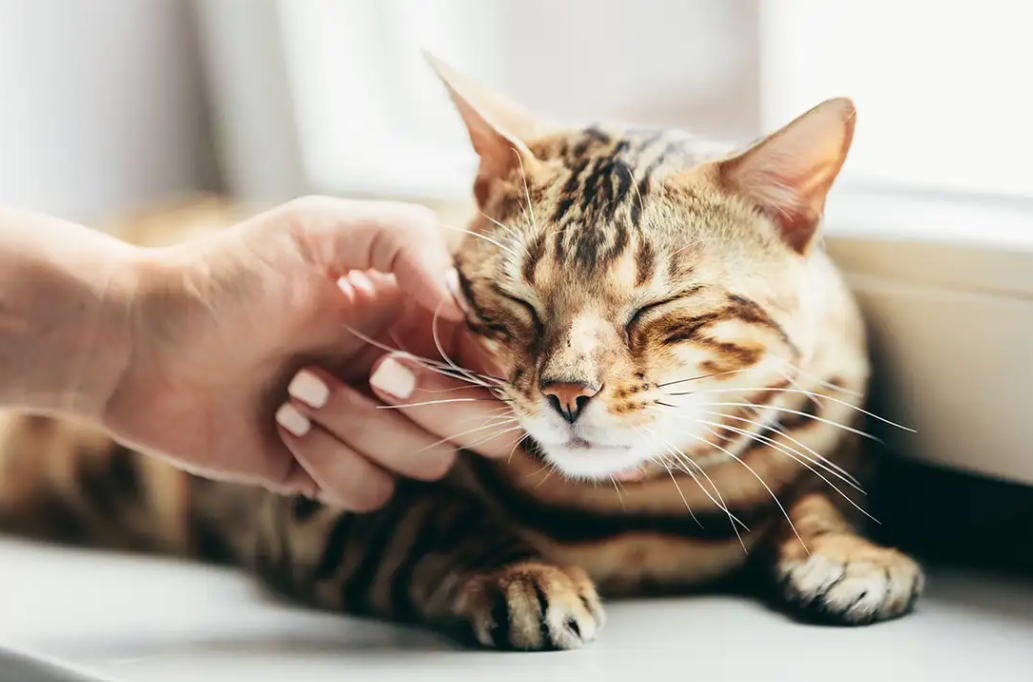Few sounds are as soothing as a cat’s purr. Whether your feline friend is curled up in your lap or rubbing against your leg, that gentle, rhythmic vibration seems to signal happiness. But have you ever wondered why cats purr and what it really means? The science behind purring is more fascinating than you might think!
How Do Cats Purr?
Purring originates in a cat’s larynx (voice box). As they breathe in and out, the muscles in their larynx open and close the glottis (the space between the vocal cords), creating a vibrating sound. This vibration happens at a frequency of 25 to 150 Hertz (Hz), a range known to promote healing and relaxation in both cats and humans.
Why Do Cats Purr?
Many people assume cats only purr when they’re happy, but the truth is more complex. Here are some of the main reasons why cats purr:
1. Contentment and Relaxation
The most common reason cats purr is to express happiness. When a cat is curled up in a warm spot, enjoying gentle petting, or kneading with their paws, purring is a sign of contentment.
2. Communication with Humans
Cats often purr to communicate with their owners. Some studies suggest they have a special “solicitation purr,” which combines their usual purring with a higher-frequency sound, similar to a baby’s cry, to get human attention—especially at mealtime!
3. Healing and Pain Relief
Purring isn’t just about happiness; it has a therapeutic function, too. The vibrations of a cat’s purr fall within a frequency range that can promote bone healing, reduce pain, and help with muscle recovery. This is why cats may purr when they’re injured or recovering from illness.
4. Stress and Self-Soothing
Cats also purr when they’re anxious or scared. For example, a cat at the vet may purr as a way to comfort itself. This suggests that purring is a built-in coping mechanism, helping cats calm down in stressful situations.
5. Mother-Kitten Bonding
Newborn kittens are blind and deaf at birth, but they can feel vibrations. Mother cats purr to communicate with their kittens, guiding them toward warmth and milk. Kittens also purr while nursing, signaling contentment and reinforcing their bond with their mother.
Can Purring Benefit Humans?
Yes! Studies suggest that a cat’s purr can have calming effects on people, reducing stress and lowering blood pressure. Some researchers even believe the vibrations from a cat’s purr may promote healing in humans, much like they do in cats.
Final Thoughts
While purring is often a sign of happiness, it can also serve other purposes, from healing and communication to stress relief. Understanding why your cat purrs can help you better interpret their emotions and needs. So next time your cat curls up beside you and starts to purr, enjoy the moment—it might be doing both of you some good!



